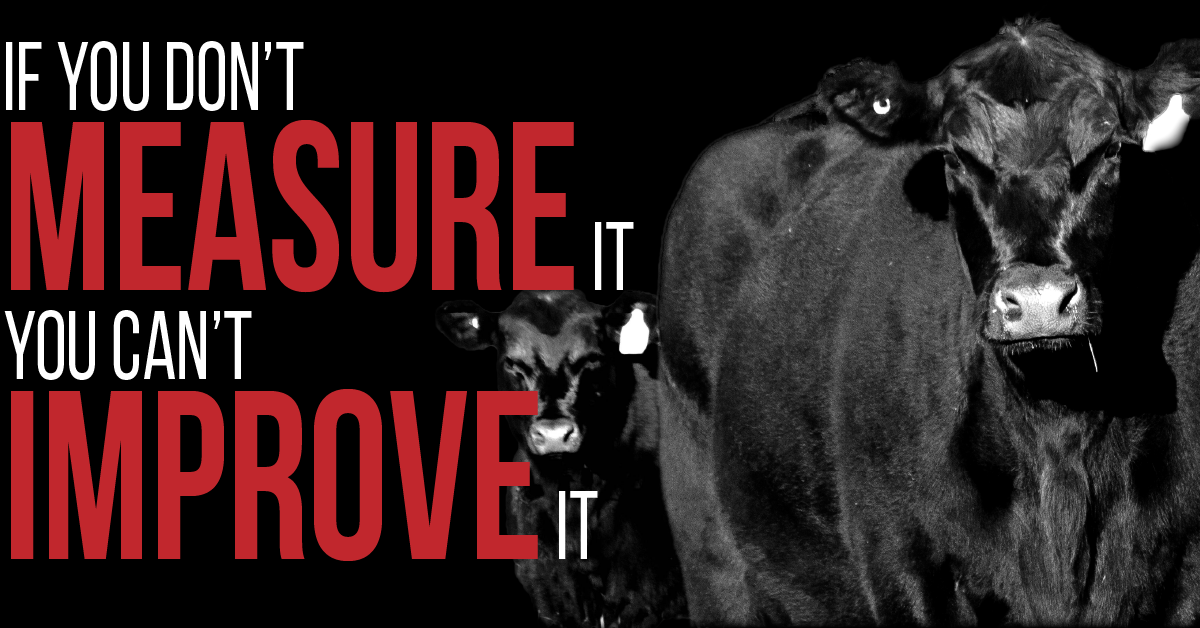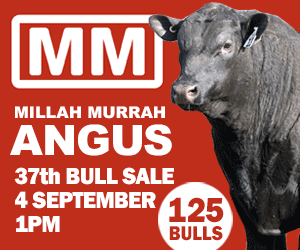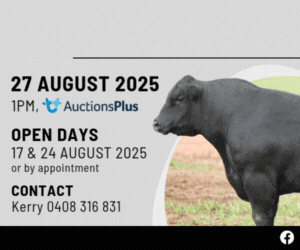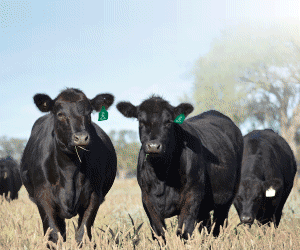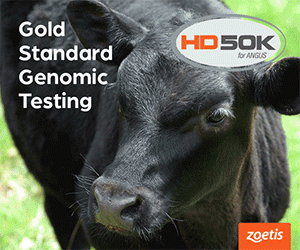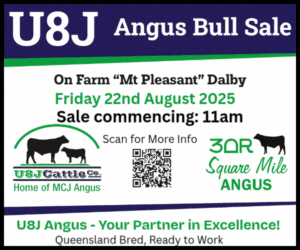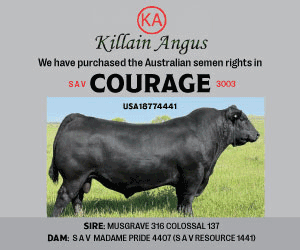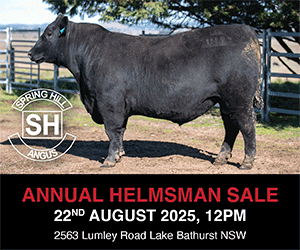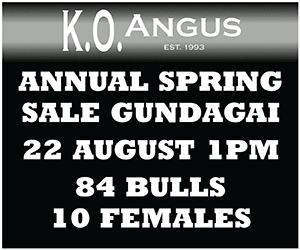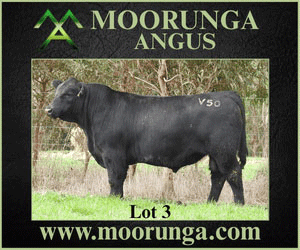Docility measurements are typically taken at weaning, which has the advantage of all calves having had minimal handling and so can express variation in their temperament. This variation is important because a big part of the temperament we see in animals is the result of their past handling.
Docility is an important trait and this significance was highlighted in a recent survey of over 1200 beef producers across Australia, which found temperament was the most important trait when selecting a bull.
In order to make gains in docility we need to be recording the trait, because it is only with the accurate description of the trait that selection decisions can be made without the impact of non-genetic factors. By recording docility, we have the potential to benefit from improved temperament.
The temperament of an animal has a big impact on its value within a beef operation and when we talk about temperament we are talking about the way animals behave when being confined or exposed to usual situations (e.g. being separated from the herd). The benefits of a superior temperament in cattle are well understood and include:
- Lower production costs
- Make cattle easier to muster and handle
- Reduce damage to infrastructure g. yards and fences
- Decrease risk of injury and stress to cattle
- Decrease risk of injury and stress to stock handlers
- Decrease weight loss during transit
- Improve feedlot performance
- Decrease the risk of dark cutters in the It’s estimated that dark cutting beef costs the Australian beef industry in excess of $36 million annually
- Improve eating quality (more tender beef)
For seedstock producers’ temperament is of particular importance due to the significant impact it has on the profitability of their clients’ operations. Importantly temperament is highly heritable and lacks any known antagonistic genetic relationships, meaning we can make improvements in temperament without impacting negatively on other traits within the breeding objective.

